- Joined
- Apr 4, 2018
- Messages
- 20
Hello all,
I have a diamond that I am considering but I am a little concerned about the lower girdle percentage being a little on the short side.
Can anyone help shed some light on what characteristics a diamond will have with theses proportions? I am curious how the Crown/Table/Star Facets will interact with the Pavilion & Lower Girdle.
Table %: 54.8
Depth %: 61.9
Crown % 15.7
Crown Angle: 34.8
Star %: 54
Pav Angle: 40.8
Pavillion %: 42.9
Lower Girdle %: 75.6
Thanks for taking a look.
I have a diamond that I am considering but I am a little concerned about the lower girdle percentage being a little on the short side.
Can anyone help shed some light on what characteristics a diamond will have with theses proportions? I am curious how the Crown/Table/Star Facets will interact with the Pavilion & Lower Girdle.
Table %: 54.8
Depth %: 61.9
Crown % 15.7
Crown Angle: 34.8
Star %: 54
Pav Angle: 40.8
Pavillion %: 42.9
Lower Girdle %: 75.6
Thanks for taking a look.

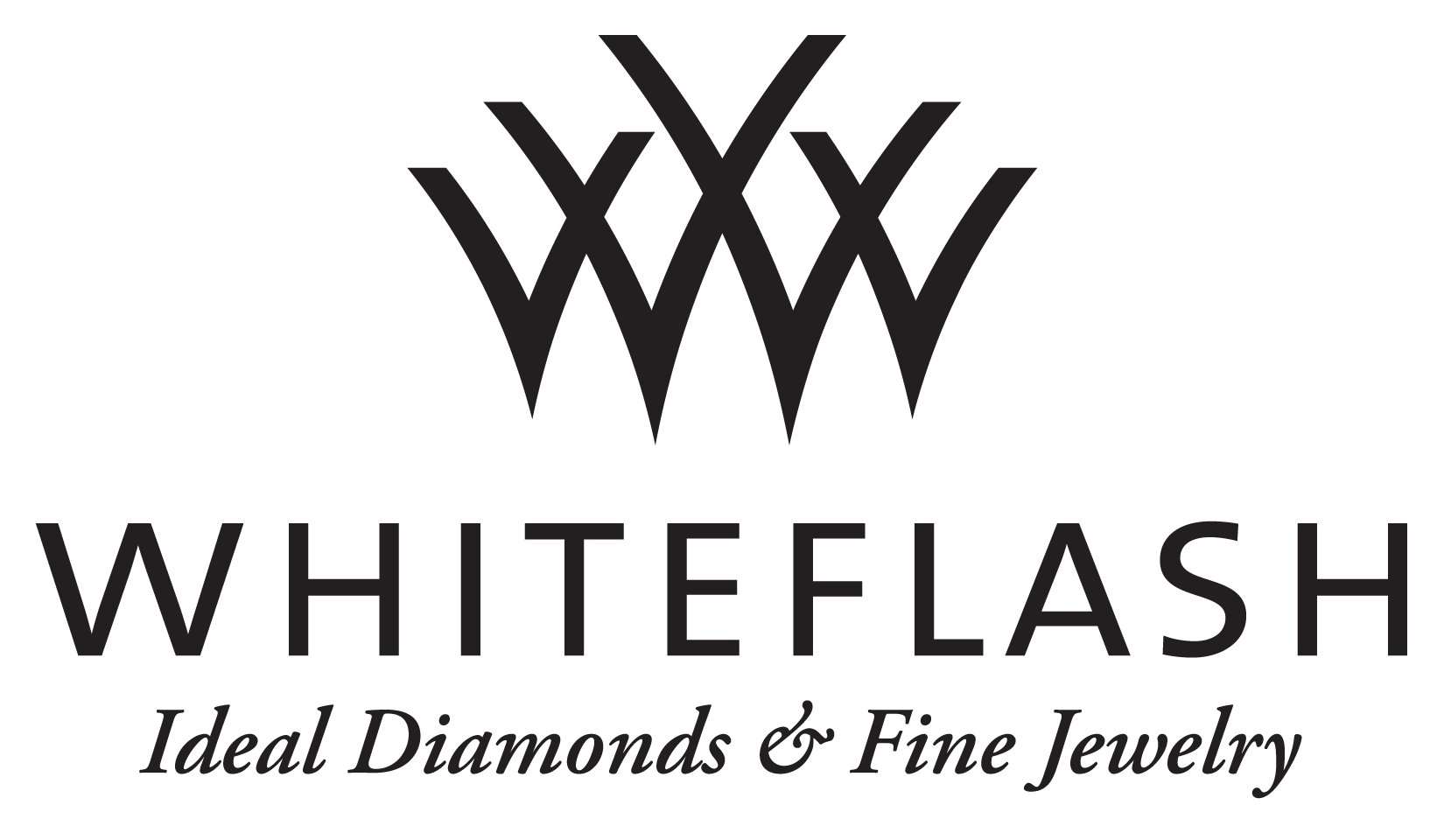
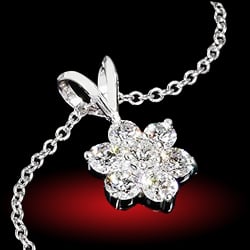
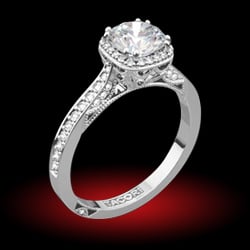
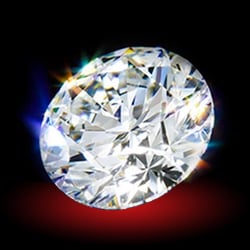
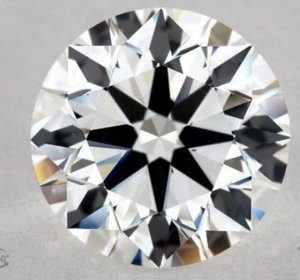
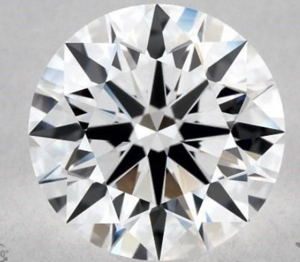

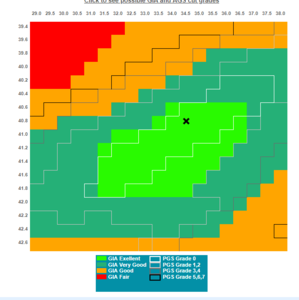


300x240.png)